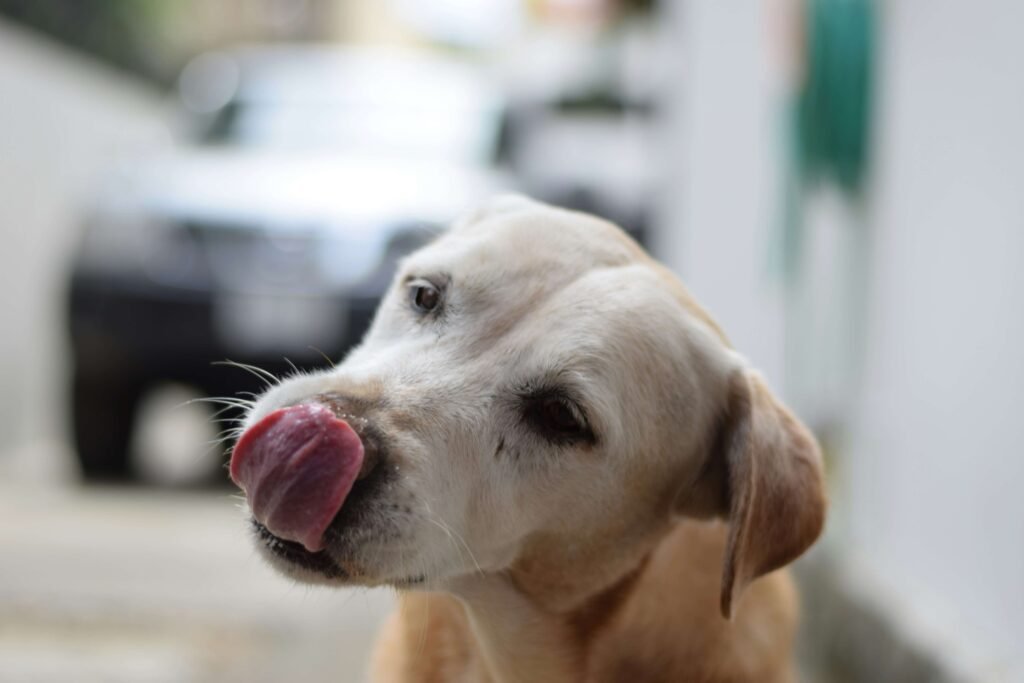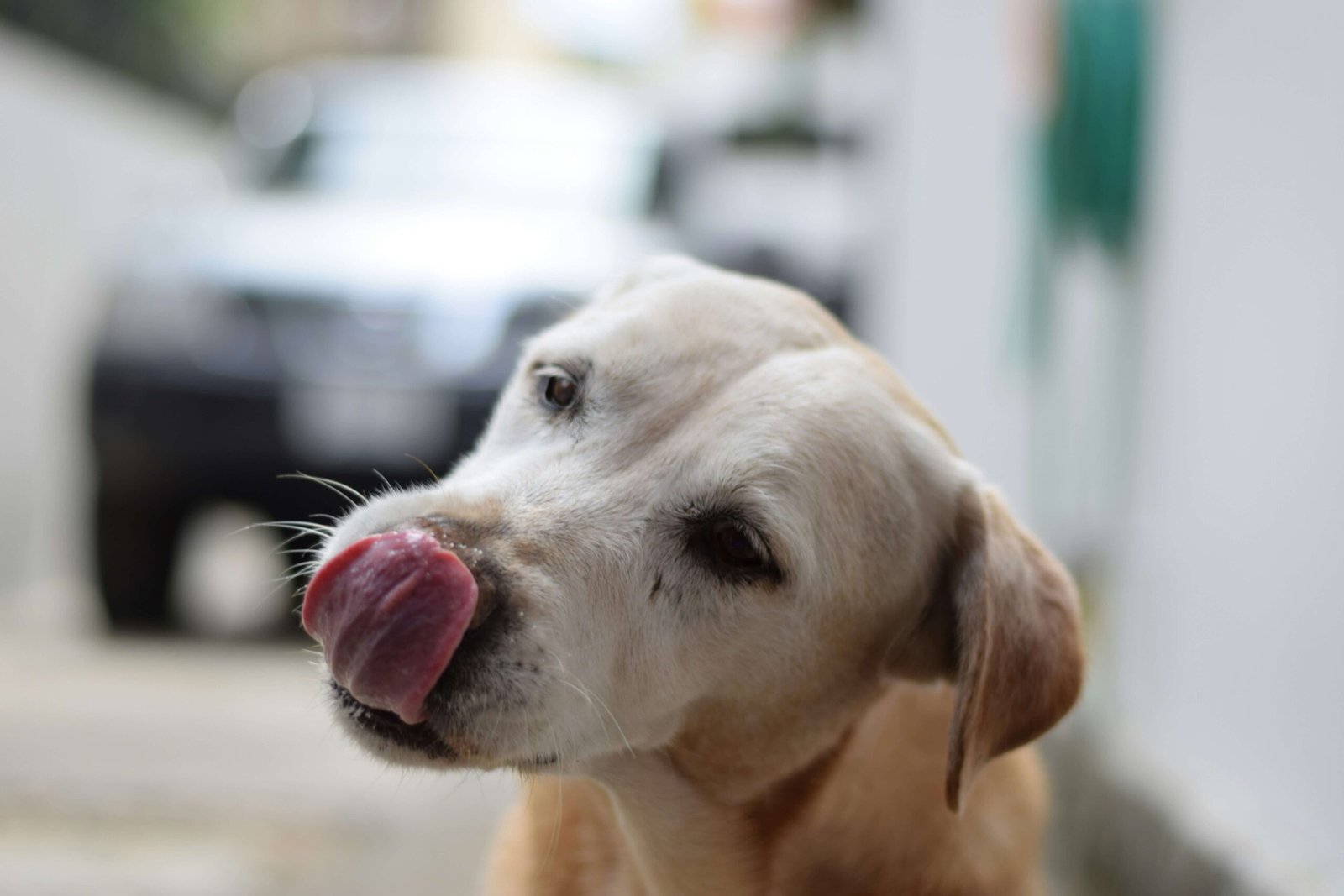Understanding Sebaceous Cysts in Dogs: What You Need to Know
As a dog owner, you’ve likely encountered your fair share of lumps and bumps on your furry friend. While many of these are harmless, some can be concerning. One such condition is a sebaceous cyst, a common yet often misunderstood issue that can affect dogs of all breeds and ages. These cysts may appear small and unassuming at first, but if left untreated or improperly handled, they can lead to complications like popping or infection.
In this blog post, we’ll explore the ins and outs of sebaceous cysts in dogs, including what causes them, how to identify them, and most importantly, how to manage them effectively. Whether you’re a seasoned pet parent or new to the world of canine health, this guide will equip you with the knowledge you need to ensure your dog stays happy and healthy.
What Are Sebaceous Cysts and Why Do They Occur?
Sebaceous cysts in dogs are non-cancerous growths that form when the sebaceous glands, responsible for producing oil to keep the skin moisturized, become blocked or damaged. While they may look alarming, they are generally benign. However, understanding their causes and characteristics is essential for proper care. Below are some key points about sebaceous cysts and why they occur:
Blocked Glands: The primary cause of sebaceous cysts is the blockage of sebaceous glands, which prevents the natural release of oils onto the skin.
Genetic Predisposition: Some dog breeds are more prone to developing sebaceous cysts due to genetic factors.
Skin Trauma: Any injury or irritation to the skin, such as excessive scratching or friction, can trigger the formation of a cyst.
Poor Hygiene: Lack of regular grooming or improper skin care can increase the likelihood of sebaceous gland blockages.
Age Factor: Older dogs are more susceptible to developing cysts due to changes in their skin’s elasticity and oil production.
In summary, while sebaceous cysts are not life-threatening, identifying their root causes can help prevent future occurrences and ensure your dog remains comfortable.
Recognizing the Signs of a Sebaceous Cyst
Identifying a sebaceous cyst early can make a significant difference in managing it effectively. These cysts often appear as small, round lumps under the skin, but there are other signs to watch for. Here’s a breakdown of what to look for if you suspect your dog has a sebaceous cyst:
Soft Texture: Most sebaceous cysts feel soft or squishy to the touch, unlike harder lumps that may indicate tumors.
Location: They commonly appear on areas of the body where sebaceous glands are abundant, such as the head, neck, and back.
Size Variations: These cysts can range from pea-sized to larger growths, depending on their stage of development.
Discharge: If the cyst becomes inflamed or ruptures, it may release a thick, oily substance with a distinct odor.
Redness or Swelling: Surrounding skin may become irritated, red, or swollen, especially if the cyst is infected.
By familiarizing yourself with these signs, you can take prompt action to address any potential issues and avoid complications like popping or infection.
Check this guide 👉Understanding the Cost of Dog Cyst Removal: Best 7 Tips!
Check this guide 👉Understanding Follicular Cysts in Dogs: Best 7 Health Tips!
Check this guide 👉Understanding Cystotomy in Dogs: Best 7 Expert Tips!

Signs of a Healthy Cyst | Signs of an Infected Cyst |
|---|---|
Smooth surface | Ruptured or oozing discharge |
No noticeable pain | Redness and swelling around the area |
Consistent size | Increased warmth to the touch |
No foul odor | Foul-smelling discharge |
Located in a single spot | Spreading inflammation |
How to Safely Manage a Sebaceous Cyst
If you discover a sebaceous cyst on your dog, it’s crucial to approach it with care. While these growths are usually harmless, improper handling can lead to complications. Here are some steps to safely manage a sebaceous cyst:
Avoid Squeezing: Resist the urge to pop or squeeze the cyst, as this can introduce bacteria and cause infection.
Keep It Clean: Gently clean the area with a mild antiseptic to prevent dirt buildup and reduce the risk of irritation.
Monitor Changes: Keep an eye on the cyst’s size, texture, and surrounding skin for any signs of worsening conditions.
Consult a Vet: If the cyst grows rapidly, becomes painful, or shows signs of infection, seek professional advice promptly.
Maintain Grooming: Regular grooming helps keep your dog’s skin and coat healthy, reducing the likelihood of cyst formation.
Proper management ensures your dog’s comfort and minimizes the risk of complications, allowing both of you to focus on enjoying life together.
Preventive Measures to Reduce the Risk of Sebaceous Cysts
Prevention is always better than cure, and there are several steps you can take to minimize the chances of your dog developing sebaceous cysts. By incorporating these practices into your routine, you can promote healthier skin and reduce the likelihood of blockages. Consider the following tips:
Regular Bathing: Bathe your dog with a gentle, vet-approved shampoo to keep their skin clean and free of excess oil.
Balanced Diet: Ensure your dog’s diet includes essential fatty acids, which support skin health and reduce inflammation.
Routine Checkups: Schedule regular veterinary visits to catch potential issues early and maintain overall health.
Minimize Skin Irritation: Use soft bedding and avoid tight collars or harnesses that may irritate your dog’s skin.
Hydration: Encourage adequate water intake to keep your dog’s skin hydrated and functioning properly.
By taking these preventive measures, you can significantly reduce the risk of sebaceous cysts and ensure your dog’s skin remains in top condition.
Understanding the Role of Diet in Managing Sebaceous Cysts
Diet plays a crucial role in maintaining your dog’s overall health, including the condition of their skin. A nutrient-rich diet can help minimize the risk of sebaceous cysts and support faster healing if they do occur. Here are some dietary considerations to keep in mind:
Omega-3 Fatty Acids: Foods rich in omega-3 fatty acids, such as fish oil or flaxseed, can reduce inflammation and promote healthier skin.
Antioxidant-Rich Foods: Incorporating fruits and vegetables like blueberries or spinach can boost your dog’s immune system and improve skin resilience.
Protein Quality: High-quality protein sources provide the building blocks for skin repair and regeneration.
Hydration Through Food: Adding wet food or broths to your dog’s meals can help keep their skin hydrated from the inside out.
Avoiding Fillers: Steer clear of foods with artificial additives or fillers, which can irritate sensitive skin.
By prioritizing a balanced and nutrient-dense diet, you can give your dog the tools they need to maintain healthy skin and reduce the likelihood of cyst formation.
Common Misconceptions About Sebaceous Cysts in Dogs
There are several myths surrounding sebaceous cysts that can lead to confusion among pet owners. Clearing up these misconceptions is essential for proper care and treatment. Below are some common misunderstandings about sebaceous cysts:
Myth: All Lumps Are Cancerous: Many dog owners panic when they find a lump, but most sebaceous cysts are benign and not cancer-related.
Myth: Cysts Should Always Be Removed: Unless the cyst is causing discomfort or complications, removal is often unnecessary.
Myth: Popping a Cyst Is Safe: Attempting to pop a cyst can introduce bacteria and lead to infection, making professional care a better option.
Myth: Cysts Only Occur in Older Dogs: While older dogs are more prone, younger dogs can also develop sebaceous cysts due to genetics or other factors.
Myth: Once Treated, Cysts Never Return: Even after successful treatment, new cysts can form, emphasizing the importance of ongoing monitoring.
Understanding the truth behind these myths can help you make informed decisions about your dog’s health and avoid unnecessary worry.
When to Seek Veterinary Care for Your Dog
While many sebaceous cysts are harmless, there are certain situations where professional veterinary care is necessary. Knowing when to consult a vet ensures your dog receives timely treatment and avoids complications. Here are signs that indicate it’s time to seek help:
Rapid Growth: If the cyst grows significantly in a short period, it may require further investigation.
Persistent Pain: A cyst that causes your dog noticeable discomfort should be evaluated by a professional.
Foul Odor: Any strong or unusual smell coming from the cyst could signal an infection.
Lethargy or Behavioral Changes: If your dog seems unusually tired or uninterested in activities, it could indicate a more serious issue.
Bleeding or Oozing: Continuous discharge or bleeding from the cyst warrants immediate attention.
Being proactive about seeking veterinary care ensures your dog’s health remains a top priority and prevents minor issues from escalating into major problems.
Frequently Asked Questions About Sebaceous Cysts in Dogs
Are sebaceous cysts dangerous for dogs?
Generally, no. Sebaceous cysts are benign and not harmful unless they become infected or irritated.
Can I pop a sebaceous cyst on my dog?
No, you should never attempt to pop a cyst, as this can lead to infection and further complications.
How can I tell if a cyst is infected?
Signs of infection include redness, swelling, discharge, and a foul odor.
Do sebaceous cysts go away on their own?
Some cysts may resolve naturally, but persistent or problematic ones may require veterinary intervention.
Are certain breeds more prone to sebaceous cysts?
Yes, breeds with oily skin, such as Bulldogs and Spaniels, are more likely to develop these cysts.
Keeping Your Dog Healthy and Happy
Sebaceous cysts may seem daunting at first, but with the right knowledge and care, they don’t have to disrupt your dog’s quality of life. By understanding their causes, recognizing the signs, and taking preventive measures, you can ensure your furry companion stays comfortable and healthy. Remember, your veterinarian is always your best resource for addressing concerns about your dog’s health. With vigilance and love, you can navigate the challenges of sebaceous cysts and continue to enjoy countless happy moments with your beloved pet.
Canned Pumpkin for Cat Diarrhea: Best 7 Expert Tips! Natural remedy to firm stools, soothe upset bellies, and support gut health safely.
Can a Cat Give You Scabies? Best 7 Expert Tips! Discover the truth about feline mites, human skin risks, and how to protect yourself—without panic.
Cat Flea vs Human Flea: Best 7 Expert Tips! Discover the truth about bites, species, and how to eliminate infestations for good.
Weird Cat Behaviors: Best 7 Expert Tips! Discover why cats do strange things—and how to understand, not punish, their instincts for a happier home.





